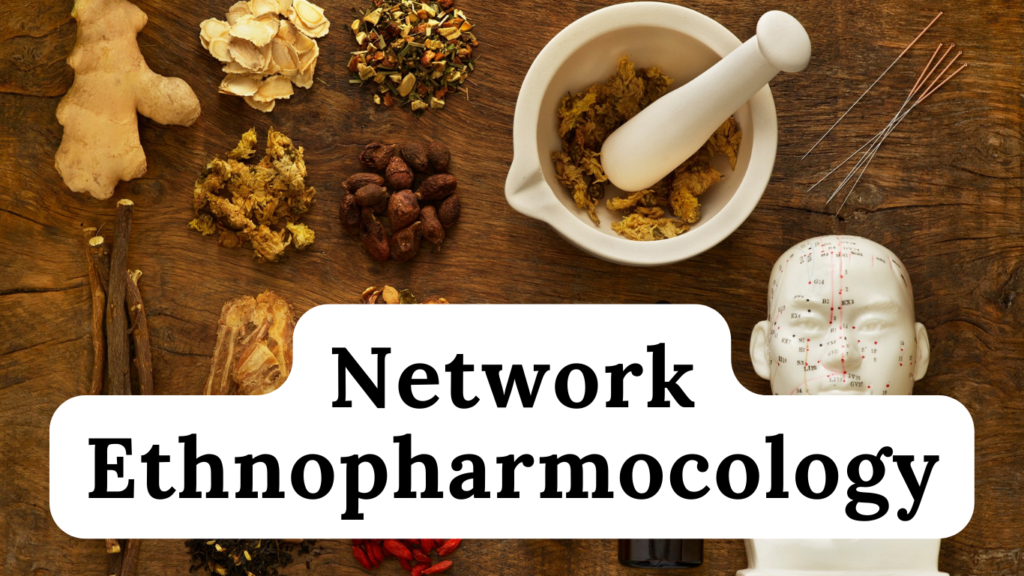
With advances in tissue biology, natural products are becoming increasingly important in the field of drug discovery chemistry because they are naturally economically engineered and synthesized for evolutionary purposes (Wetzel et al., 2011). Researchers have begun to analyze the logic of traditional medical systems and have developed computational methods to facilitate their analysis. A comprehensive information system for herbal medicine has been developed that combines information on more than 200 anti-cancer herbal medicine recipes used in clinics for the treatment of various types of cancer, 900 individual components isolated from traditional Chinese medicine, and 8500 small organic molecules (Fang et al., 2005). Developed using the Oracle database and Internet technologies, the system promotes and encourages research into medicinal plants. Subsequently, many databases have been developed that serve as sources of plant information and powerful breeding tools.

An attempt was made to substantiate the 1000-year-old ZHENG concept using molecular neuroendocrine immune networks (NEI) (Li et al., 2007). ZHENG is the basic unit and basic concept of the theory of traditional Chinese medicine. It is also used as a guide in the classification of diseases in Oriental medicine. HOT (HANS JEN in Chinese) and COLD (REJEN) are two states of JEN that therapeutically determine the use of herbs in traditional Chinese medicine. Medicinal herbs are classified as HOT cooling herbs and are used as HOT JEN and COLD warming herbs to treat COLD JEN. According to the authors, hormones may be associated with HOT ZHENG, and immune factors may be associated with COLD ZHENG through neurotransmitters. This study provides a methodological approach to understanding oriental medicine in contemporary science. We then reconstructed the NEI network by adding layered information, including data available from the KEGG database regarding signaling, metabolic pathways, and protein-protein interactions.